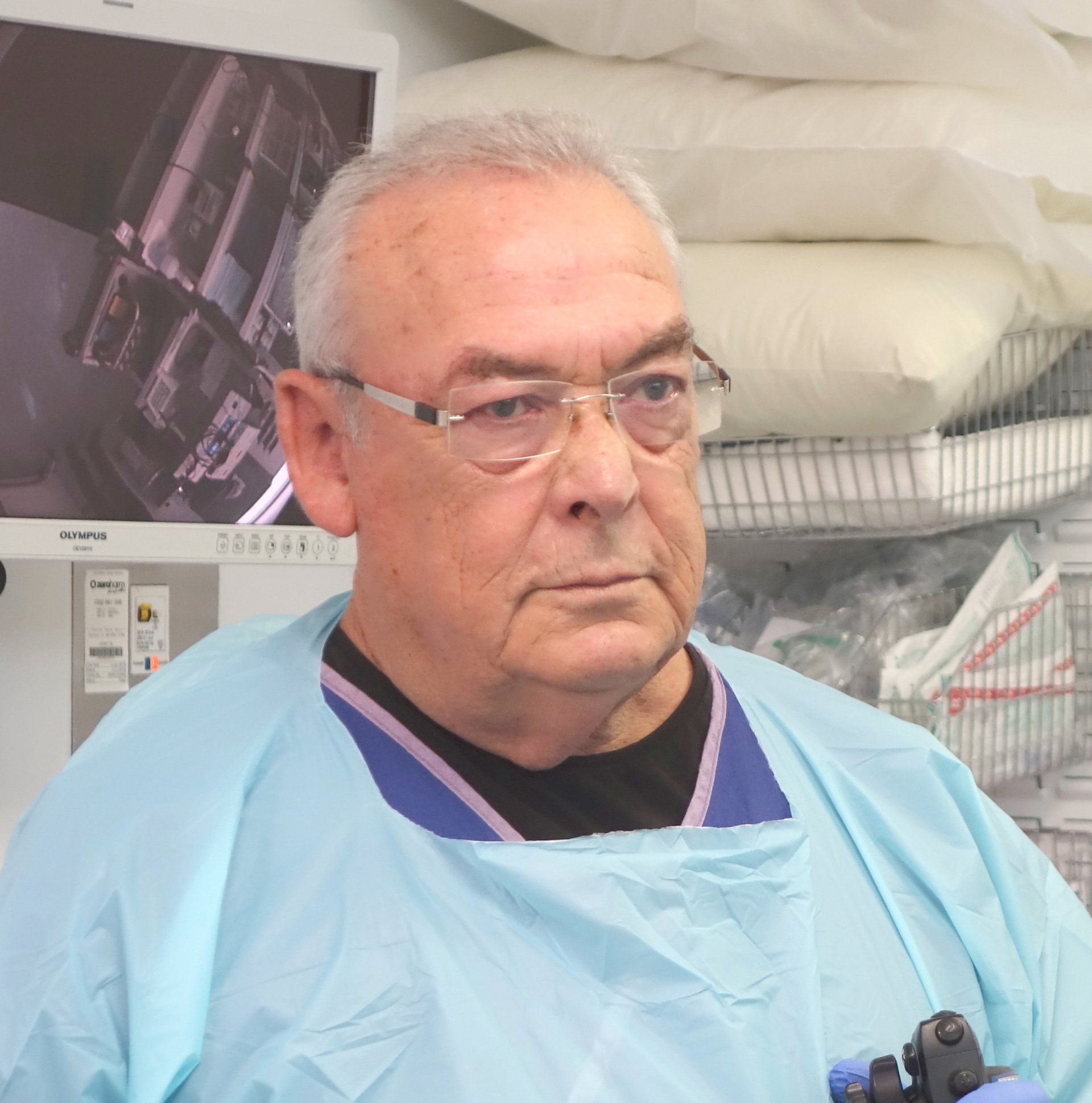Diverticular Disease
What is Diverticular Disease?
Diverticular disease is a disorder of the colon, in which diverticula (small bulges) occur in the colon wall. It can result in serious infections and other complications. It is further divided into two conditions: diverticulosis and diverticulitis. The diverticular disease most commonly occurs in the sigmoid colon.
Who does Diverticular Disease Affect?
Diverticular Disease usually affects the older population in Western populations. The prevalence of this disorder increases with age. Nearly 10% of people age 40, nearly 50% of people above the age of 60 and almost everyone above the age of 80 experiences it.
How does Diverticular Disease Occur?
The bulges in the colon wall form as a result of high pressure in the colon. The pressure can be caused by gas, waste and even liquid. As a result of the extended high pressure, the weaker portions of the colon wall bulge out, forming sacs or out pockets.
Causes of Diverticular Disease
The precise cause of diverticular disease is not known currently. However, high pressure in the colon and a low fiber diet with a higher intake of red meat are suspected of playing a role in its development. They can also develop due to straining caused by chronic constipation.
Symptoms of Diverticular Disease
In diverticulosis, most patients don’t experience any symptoms and complications. In case of infection resulting in diverticulitis, patients can present with fever, lower abdominal pain, cramps and rectal bleeding.
Types of Diverticular Disease
Diverticular Disease is made up of two conditions:
- Diverticulosis:
The sacs (diverticula) exist without any infection or complications.
- Diverticulitis: In this case, one or more of the sac gets impacted by waste, resulting in a bacterial infection causing inflammation.
How is Diverticular Disease Diagnosed?
The diagnosis for dysphagia is made by taking complete history and a complete physical examination. The condition may be discovered during a routine procedure like colonoscopy. In the case of diverticulitis, the doctor would perform an abdominal CT scan to confirm the diagnosis by identifying inflamed and infected sacs.
How is Diverticular Disease Treated?
In cases of diverticulosis present without any symptoms, the doctor would recommend better eating habits as a preventative measure. This would include limiting red meat in the diet and eating more fiber.
In cases of uncomplicated diverticulitis, the doctor may prescribe oral anti-biotics and recommend a liquid diet for a short duration, so that the digestive tract can repair itself. He may also recommend pain killers for the pain. In complicated cases, the doctor may recommend a hospital stay, prescribe intravenous antibiotics and possibly the placement of a tube to drain the abscess.
In cases of complications such as perforation, bowel abscess or formation of an obstruction, surgery might be required to remove the diseased portions of the intestine (bowel resection with or without colostomy).
What if Diverticular Disease is Untreated?
Diverticular Disease if untreated can result in various complications, some of which are life-threatening. These complications include bowel perforations, peritonitis, bowel obstruction and formation of abscesses.
Dr Donald Walker
Write your caption hereMore
Dr Johan Van Den Bogaerde
Write your caption hereMore
Trusted for more than 25 Years
PANCREAS & BILIARY
Digestion Problems - Dyspepsia









